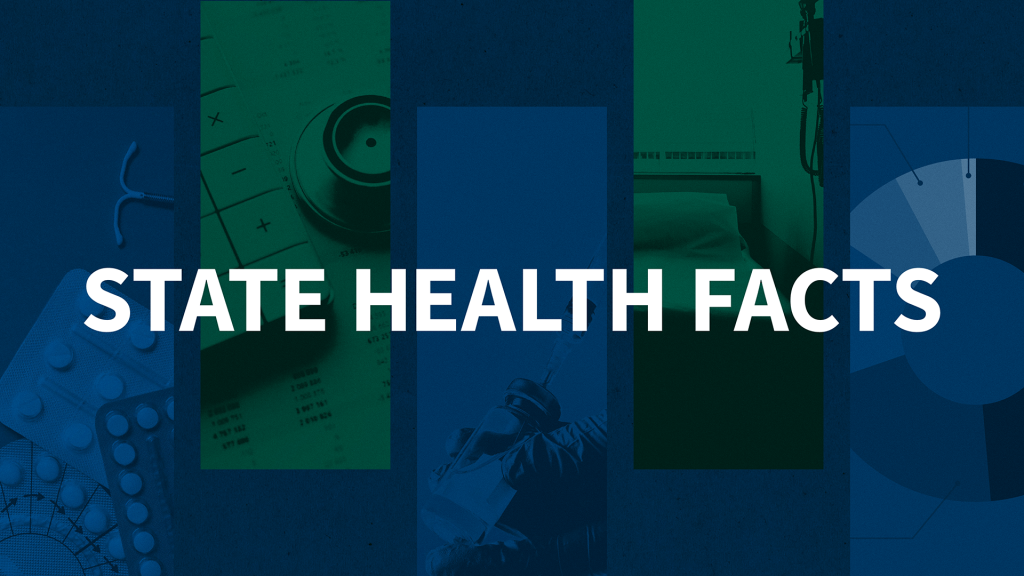2021 Employer Health Benefits Survey
This annual survey of employers provides a detailed look at trends in employer-sponsored health coverage, including premiums, worker contributions, cost-sharing provisions, offer rates, and more. This year’s report also looks at how employers changed their mental health, telemedicine and other benefits in response to the COVID-19 pandemic.
